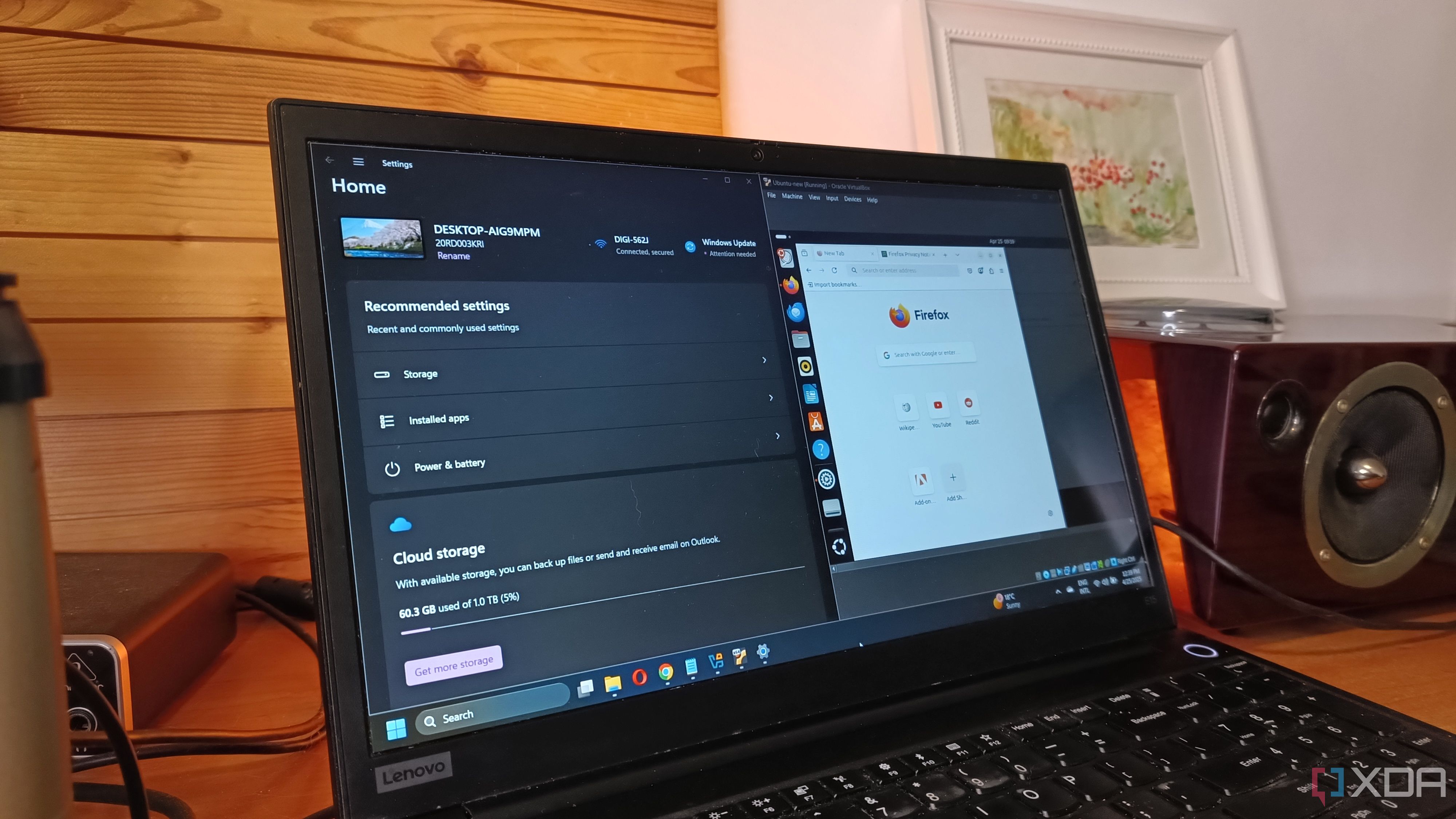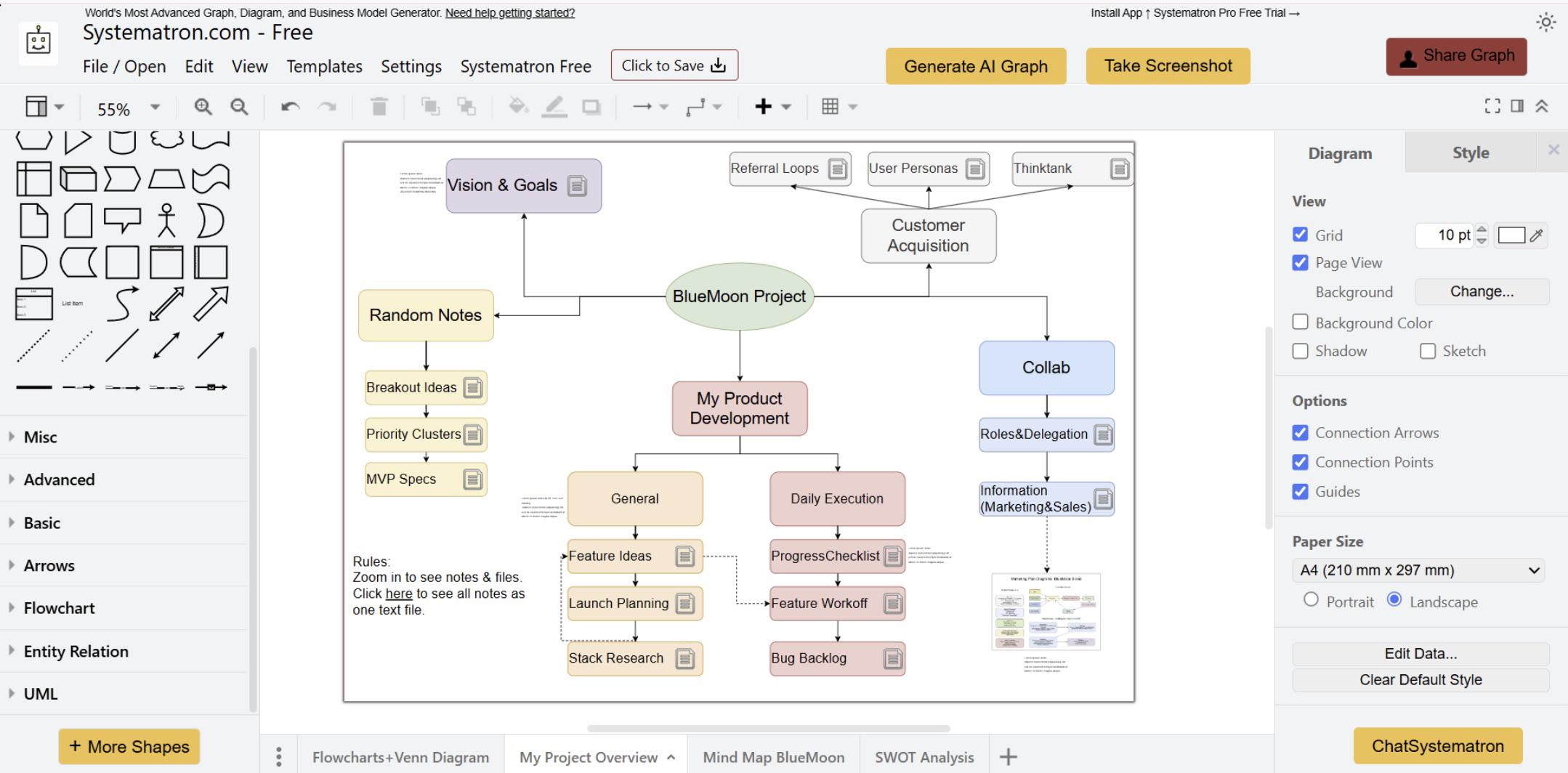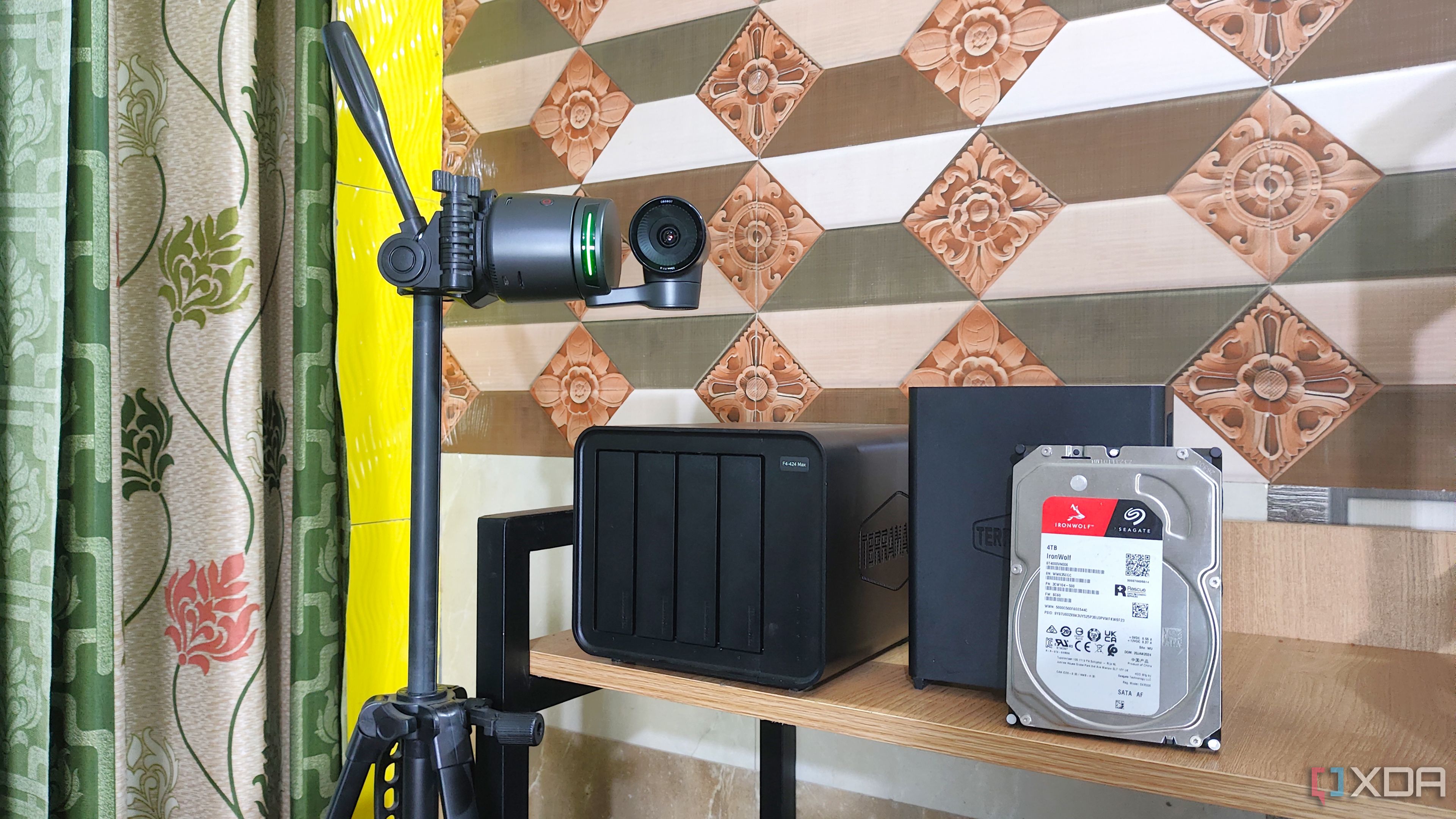


Google’s upcoming AI Mode is poised to be one of the most significant upgrades in the history of online search. Unlike the traditional method where users type fragmented keywords and sift through a ranked list of blue links, AI Mode allows for deeply conversational search experiences. Users can ask nuanced, multi-part questions in natural language and receive tailored responses that synthesize insights from multiple sources. Real-world beta testers have described scenarios where they combined questions like “Summarize today’s market news and recommend action steps based on my portfolio doc,” prompting the AI to not only scan the web but also analyze uploaded documents for personal context.
Another breakthrough feature is file uploads. Imagine a student uploading a draft paper and asking Google AI Mode to flag outdated information or suggest stronger arguments, or a lawyer uploading a PDF contract and querying about potential risk clauses. This contextual understanding drastically cuts down the time spent researching and cross-referencing. According to early reports from tech insiders and productivity analysts, professional researchers and students alike have reported measurable time savings—upwards of 25%—on complex fact-finding tasks. These enhancements also benefit everyday users tackling multifaceted problems, from planning travel to troubleshooting home tech, by surfacing relevant, actionable steps instantaneously.
The time management gains stem from how AI Mode integrates multiple steps into one seamless workflow. There’s no need to copy and paste between browser tabs, compare conflicting information, or manually extract answers from long articles. Instead, the AI follows your train of thought, remembers previous queries, and keeps your research cohesive. For many, this represents a paradigm shift: search becomes less about finding links and more about receiving decision-ready insights. As AI-powered search matures, we can expect even deeper integrations—think direct booking, personalized reminders, and real-time collaborative planning—all initiated from a single conversational interface. The verdict from experts is clear: AI Mode is set to redefine both search and digital time management, making it easier for users across industries to focus, decide, and act.

Dotfiles remain a cornerstone of digital productivity for developers and power users, yet their advantages are increasingly relevant for anyone seeking a customizable, efficient computing environment. At their essence, dotfiles are hidden configuration files—such as .bashrc, .vimrc, or .gitconfig—that store user preferences for a vast array of applications and command-line tools. With the rise of cloud-based workflows and remote work, the ability to port your personalized setup across devices has never been more practical. For example, a developer might keep all their dotfiles in a GitHub repository, allowing them to instantly replicate their preferred environment—aliases, scripts, themes, and keyboard shortcuts—on any new laptop or server with a single command.
Beyond mere convenience, dotfiles present a powerful way to automate and standardize workflows. With thoughtfully crafted scripts and functions, repetitive tasks like launching workspaces, syncing files, or generating boilerplate code become one-click operations. Teams often share dotfile repositories to ensure every member onboards with a consistent toolkit, dramatically reducing setup friction and troubleshooting time. Companies such as Stripe and Shopify encourage engineers to maintain shared “starter dotfiles,” accelerating productivity and minimizing the inconsistencies that slow down collaboration.
Security and backup are additional benefits: storing dotfiles in private, version-controlled repositories means you can roll back changes if something breaks, and never worry about losing critical configurations. Seasoned users create modular dotfile setups that can be selectively applied depending on the project or machine, adapting seamlessly across macOS, Linux, or Windows Subsystem for Linux. The digital landscape is moving towards greater personalization and automation, and mastering dotfiles now is a future-proof investment. Experts in developer tooling unanimously agree: if you haven't yet explored dotfiles, you’re missing out on a smarter, more efficient, and deeply personalized computing experience that can shave hours off your setup and daily routines.

The classic to-do list has been a fixture in personal productivity for decades, yet mounting research and expert commentary suggest its linear format often conflicts with how our brains naturally process tasks. To-Do-Models are a new paradigm that treats your workload as a living, interconnected system rather than a static checklist. Unlike simple lists, To-Do-Models invite you to organize tasks into clusters, visualize dependencies, and continuously adapt your plans as circumstances change. For example, rather than jotting down “email client” and “draft report” as separate line items, To-Do-Models would link these to a broader project node, showing how each piece contributes to a larger goal.
Why does this matter? Studies published in cognitive science journals highlight that visualizing task dependencies and progress leads to higher completion rates and greater satisfaction. Tools like Notion, Todoist Boards, and even analog kanban setups take advantage of this by offering drag-and-drop interfaces and flexible grouping. Project managers across tech startups and creative agencies report sharper focus and fewer dropped tasks once they adopt model-driven systems. In one case study, a marketing team reduced project delays by 30% after shifting from static lists to a dynamic, visual workflow. Users say that having the ability to reprioritize in real time—based on new information or shifting deadlines—reflects the genuine fluidity of modern work.
To-Do-Models also unlock powerful focus mechanisms like time-blocking, “next actions,” and thematic work sprints. By grouping related tasks, you can protect periods of deep focus and minimize costly context-switching. The psychological impact is notable: people feel less overwhelmed and more in control when they clearly see how tasks connect, and when it’s easy to adjust scope as needed. Leading productivity experts like Tiago Forte and Cal Newport emphasize that systems embracing adaptability and visual clarity outperform rigid, linear lists in high-velocity environments. Whether you're managing multiple client projects or simply keeping personal goals on track, adopting To-Do-Models aligns your productivity with the realities of complex, ever-shifting workloads—making work both smarter and more sustainable.

Setting up a Network Attached Storage (NAS) device at home seems straightforward, but the process is filled with lessons that only become clear after you’ve experienced a few pitfalls firsthand. First and foremost, storage requirements grow much faster than anticipated. High-resolution photos, family videos, backups of mobile devices, and even app data quickly fill up seemingly ample hard drives. Experts recommend buying at least twice the storage you think you’ll need, and opting for systems that support easy drive expansion. Additionally, configuring redundancy is essential. RAID setups, which mirror data across multiple disks, protect against hardware failure, but not all NAS models or RAID types offer truly foolproof backup without trade-offs on speed or storage—so research is vital.
Security often gets overlooked in home environments. Default passwords and exposed web interfaces can leave NAS devices vulnerable to hacking, especially as more people enable remote access features to retrieve files from anywhere. Following best practices like enabling firewalls, using strong unique passwords, updating firmware regularly, and activating encryption makes a significant difference. Professional IT forums are rife with horror stories of ransomware-laden NAS drives; prevention beats cure every time. Compatibility is another common snag: many users discover too late that their preferred backup software or cloud sync tools don’t integrate seamlessly with their NAS model. Investing upfront in a reputable, widely supported system—such as Synology or QNAP—can spare countless headaches down the road.
Finally, the productivity boost from a well-setup NAS is real. Automated scheduled backups, seamless file syncing across devices, shared multimedia libraries, and even home surveillance integration become possible. For remote workers and small offices, features like user permissions and versioned backups mean collaboration is secure and efficient. But every benefit depends on patience during setup and a willingness to read the documentation—online communities like Reddit’s r/DataHoarder are invaluable resources for troubleshooting and advice. By anticipating larger storage needs, prioritizing security, confirming software compatibility, and taking time for setup, you can ensure your NAS becomes a cornerstone of home and work productivity—not a source of regret.

AI has become a surprising force in the realm of creativity, serving not just as a tool for efficiency but as a partner in unlocking original thinking. Creativity experts now recommend bringing AI tools into your brainstorming and ideation processes in unconventional ways. For instance, using large language models like ChatGPT or Bard to generate “what if” scenarios can break habitual thought patterns, exposing you to fresh perspectives and ideas. Authors and journalists increasingly rely on AI to outline stories, suggest unexpected twists, or even reframe entire narratives, resulting in more novel content and fewer creative blocks.
Generative tools like Midjourney or DALL-E are equally transformative for visual creators. By feeding in a rough concept, photographers and designers can receive an array of wild, out-of-the-box visual prompts. Many design studios now run team “AI remix sessions” in which AI-generated drafts serve as creative springboards, helping teams rapidly explore styles or iterate on complex briefs. Real-world case studies abound: a recent survey of creative professionals found that those who regularly used AI-assisted ideation tools reported a 42% increase in breakthrough ideas and a marked improvement in workflow satisfaction.
AI’s value becomes even greater when paired with analog habits. For example, combining nightly journaling with AI-generated writing prompts encourages divergent thinking, helping break through plateaus. In music, AI-powered tools like Aiva and Amper can generate unexpected chord progressions or instrumentations, challenging songwriters to explore new territory. Creative coach Tiago Forte has documented how blending AI outputs with mind mapping can reveal hidden connections among ideas, inspiring more complex, multi-layered projects. Ultimately, the lesson is this: when you treat AI as a playful collaborator rather than a rigid solution-provider, it opens creative doors you might otherwise overlook. By purposefully injecting randomness, novelty, and external input via AI into your routines, you can consistently revitalize your creativity and keep your work dynamic and compelling.

The showdown between Lovable and Bolt in the AI coding tool market highlights just how far developer productivity tech has come in 2025. Lovable’s biggest draw is its deeply integrated smart code completion and real-time intent prediction. It uses project-level context—such as overall architecture or recent commits—to deliver relevant code suggestions and catch likely mistakes before you even hit run. This capability is especially prized by solo developers and small teams who can’t afford a separate code reviewer but want to maintain high code quality. AI researcher Dr. Samira Patel notes that Lovable’s approach makes it "almost like having a senior engineer looking over your shoulder, nudging you toward best practices."
Bolt, meanwhile, has won a loyal user base among enterprise programmers and polyglot devs. It shines in supporting multiple languages, including less common or legacy stacks, and offers powerful automated debugging tools that flag logical errors and performance bottlenecks across entire codebases. Its deep IDE integrations—ranging from VS Code to JetBrains suites—allow for custom workflows, automated testing triggers, and team-wide code snippet sharing. According to a 2025 survey of software teams, Bolt users reported a 35% reduction in time spent on bug fixes and a 28% increase in first-pass code quality on larger projects compared to those using baseline tools.
Ultimately, the choice comes down to your coding style and needs. If you’re seeking a distraction-free, focused experience to rapidly build applications and learn best practices, Lovable is designed for you. If you need advanced features for complex, large-scale, or multi-language environments, Bolt’s depth and flexibility are unmatched. Both tools are pushing the envelope, making modern software development not just more efficient but genuinely more enjoyable. As firms and freelancers continue adopting these smart assistants, coding is evolving into a more creative, less error-prone discipline—freeing up time for solving real-world problems, not just wrangling syntax.
